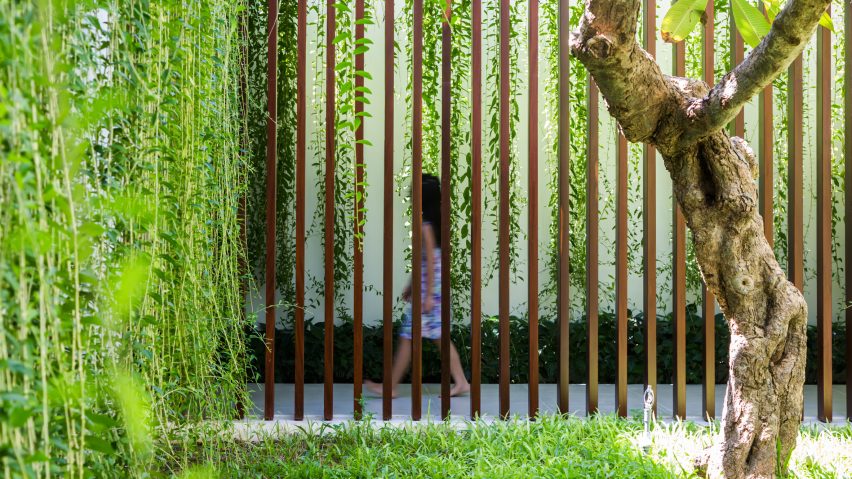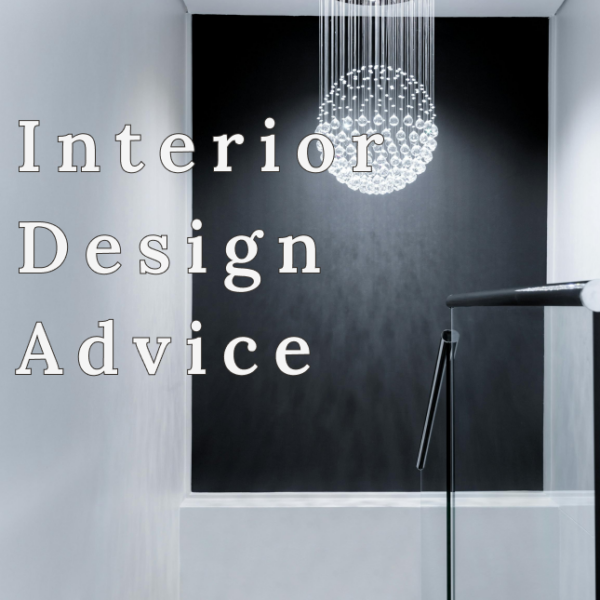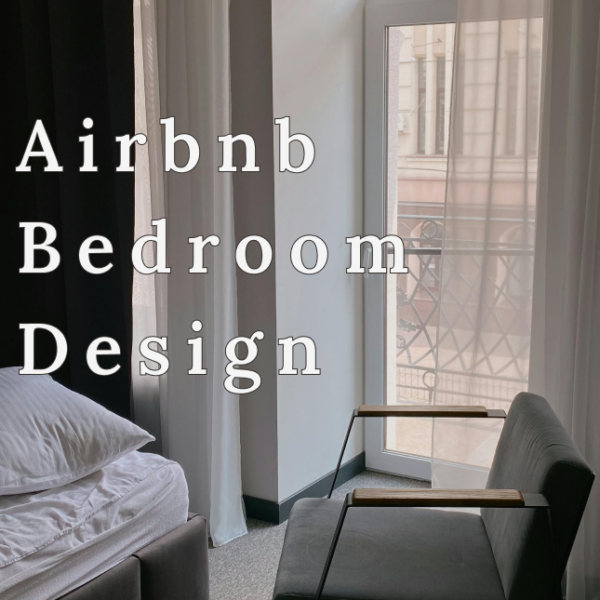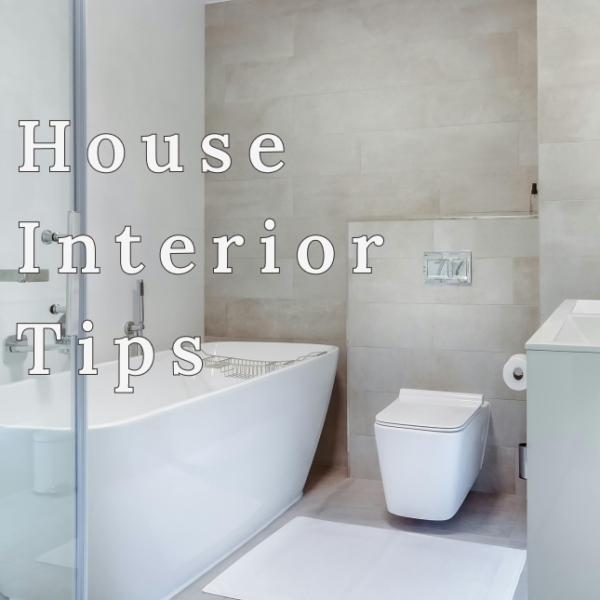There has certainly been a growing awareness of the importance of sustainability in every aspect of our lives, including interior design. With increasing concerns about environmental impact and climate change, many homeowners are seeking ways to create beautiful spaces that are also eco-friendly. In this post, we’ll explore the principles of eco-friendly interior design, from sustainable materials to energy-efficient practices. Also, I will give you some practical tips for incorporating sustainability into your home decor.
My Personal Experience with Eco-Friendly Interior Design
If you know me, you know that I am very well-travelled. Currently, I am taking a bit of a travel hiatus…(or, so I say, I might just spontaneously hop on a plane soon). Anyhow, in the summer of 2019, my sister and I went to Asia for a month. One of our stops was in the Philippines. I booked a stay at an eco-friendly resort. The reason why I picked the resort was because the listing said it had a gym. To be honest, I did not care that it was an eco-friendly resort, I really did not give it much thought, I just wanted a gym on vacation (yuck). When we got to the island of Palawan, we took a very long taxi drive to the eco-friendly resort which was hidden in the jungle.
We checked into the resort and discovered that all the water we would be consuming, bathing in, and swimming in would be rainwater. There was no heating, and the “gym” turned out to be a single punching bag. The Wi-Fi was very shaky. Needless to say, there wasn’t much happening at this resort besides nature. Our room even felt one with nature; we shared it with geckos.

It was truly a unique experience that I find very humorous, humbling and memorable. It allowed me to experience eco-friendly interior design in a very personal way. Solidifying the fact that, interior design is truly an experience and shapes the way of our lives.
Understanding Eco-Friendly Interior Design
At its core, eco-friendly interior design is about minimizing environmental impact and promoting the health and well-being of both people and the planet. This approach encompasses various principles, including:

- Use of Sustainable Materials: One of the fundamental aspects of eco-friendly design is the use of sustainable materials that are renewable, recycled, or reclaimed. This includes materials such as bamboo (one of my fave woods), cork, reclaimed wood, recycled glass, and natural fibres like organic cotton and wool.
- Energy Efficiency: Another key principle is energy efficiency, which involves reducing energy consumption and minimizing carbon emissions. This can be achieved through the use of energy-efficient appliances, LED lighting, smart thermostats, and proper insulation to reduce heating and cooling costs. Turn off the lights and flick on a soy candle. Not only does this save energy, but makes for a sexy interior as well…Read Sensual Spaces: How to Create a Sexy Interior.
- Indoor Air Quality: Eco-friendly design prioritizes indoor air quality by using non-toxic and low-VOC (volatile organic compound) materials, paints, and finishes. This helps improve indoor air quality and reduces harmful emissions that can affect health.
- Waste Reduction: Minimizing waste is a crucial aspect of eco-friendly design. This includes choosing products with minimal packaging, repurposing or upcycling old furniture and accessories, and properly disposing of construction and demolition waste through recycling and composting.
- Water Conservation: Water conservation is also important in eco-friendly design. This involves the use of water-saving fixtures. Such as, low-flow toilets and faucets, as well as drought-resistant landscaping to reduce water consumption both indoors and outdoors.
Practical Tips for Eco-Friendly Interior Design

Now that we’ve explored the principles of eco-friendly interior design, let’s delve into some practical tips for incorporating sustainability into your home decor:
- Choose Sustainable Materials: Opt for furniture, flooring, and finishes made from sustainable materials such as bamboo, reclaimed wood, recycled metal, and natural stone. These materials not only have a lower environmental impact but also add warmth and character to your space.
- Prioritize Energy Efficiency: Invest in energy-efficient appliances, HVAC systems, and lighting fixtures to reduce energy consumption and lower your utility bills. Consider installing programmable thermostats and smart home technology to further optimize energy usage.
- Enhance Indoor Air Quality: Select non-toxic and low-VOC paints, adhesives, and sealants to improve indoor air quality and minimize harmful emissions. Choose natural materials such as organic cotton, wool, and linen for bedding, curtains, and upholstery to reduce exposure to chemicals.
When Nature and Interiors Become One
- Incorporate Biophilic Design: Biophilic design integrates elements of nature into the built environment to create spaces that promote health and well-being. Bring the outdoors in by incorporating plants, natural light, and organic materials to create a connection to nature and improve mental and emotional well-being.

- Repurpose and Upcycle: Get creative with repurposing and upcycling old furniture and accessories to give them new life. Consider refinishing or painting old pieces, or transforming them into something entirely different. Not only does this reduce waste, but it also adds a unique touch to your decor.
- Embrace Minimalism: Adopting a minimalist approach to design can help reduce clutter and unnecessary consumption. Focus on quality over quantity, and choose versatile pieces that serve multiple functions. Streamline your space to create a serene and harmonious environment that promotes mindfulness and well-being.
- Support Local and Artisanal Products: Look for locally sourced and artisanal products to support small businesses. This reduces carbon emissions associated with transportation. Handcrafted items often have a story behind them and add a personal touch to your home.
Eco-friendly interior design offers a holistic approach to creating beautiful and sustainable living spaces that benefit both people and the planet. By prioritizing sustainable materials, energy efficiency, indoor air quality, waste reduction, water conservation, and mindful consumption, you can create a home that reflects your values and contributes to a healthier and more sustainable future. So why not embark on this journey toward eco-friendly living and design a space that not only looks good, but also feels good?
Click Here To Shop My Favourite Home Goods
Let’s design your space together, virtually.



